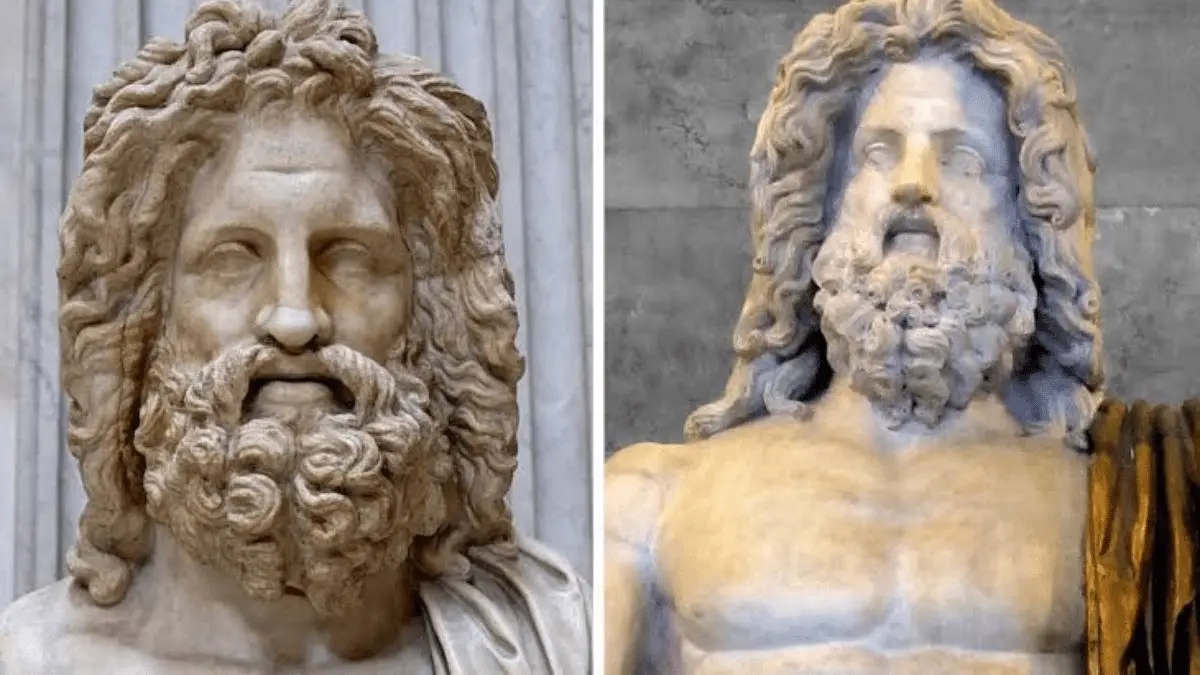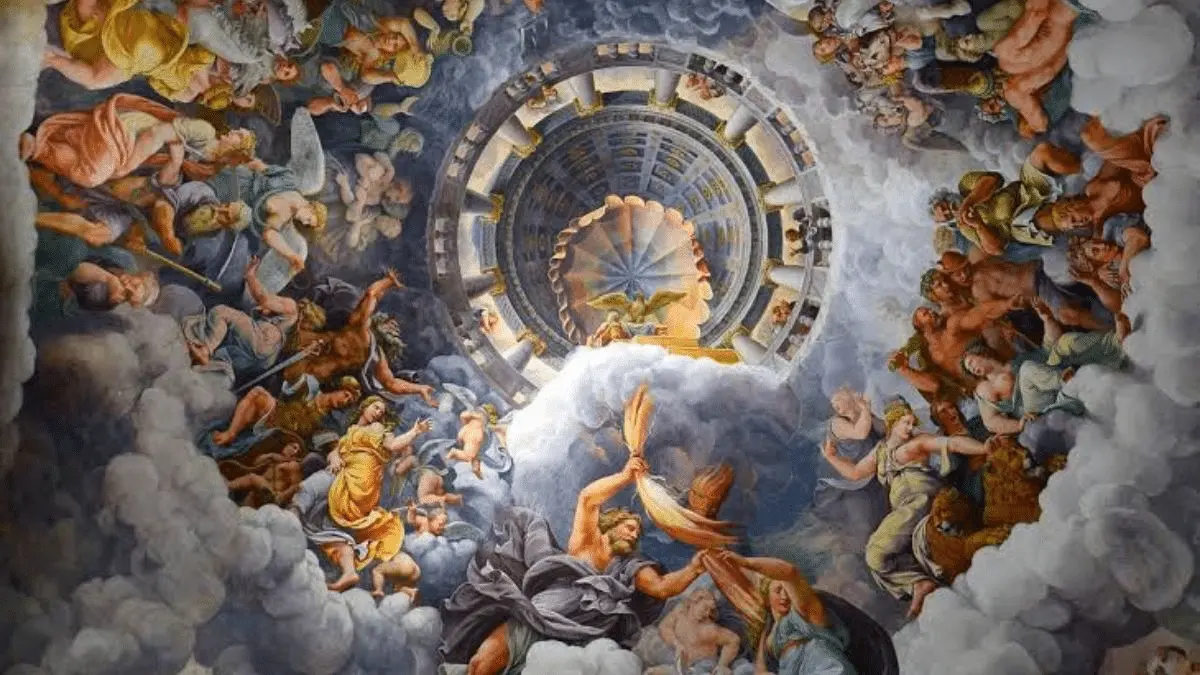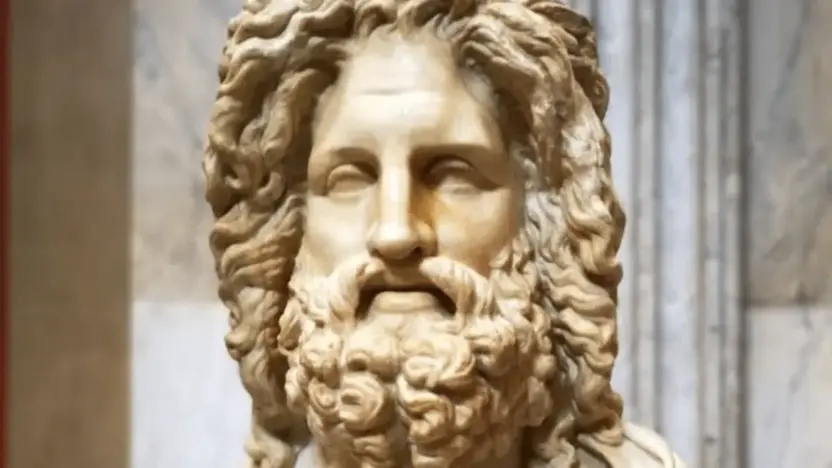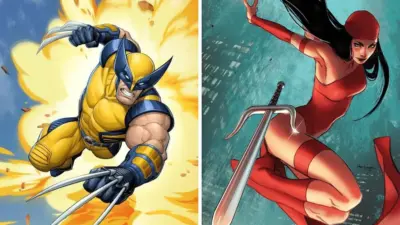Mythology has been a fundamental component of human culture for thousands of years, serving not only as a source of entertainment but also as a way to explain the mysteries of existence and the natural world. From the earliest cave paintings to the masterpieces of the Renaissance and beyond, mythology has had a profound impact on the development of art. This blog explores the intricate relationship between mythology and art, examining how myths have inspired artists and how, in turn, art has played a role in perpetuating these timeless stories.
The Origins of Mythological Art
Artistic expressions of mythology can be traced back to prehistoric times. The cave paintings of Lascaux and Altamira, dating back to approximately 15,000 BC, depict animals and human figures in ways that suggest a connection to early myths and rituals. These early artworks were not mere representations but were imbued with spiritual significance, serving as a means to communicate with the divine or to ensure success in hunting.
As civilizations evolved, so too did their mythologies and the ways in which they were represented. In ancient Egypt, mythology was intricately linked with religion and governance. The gods and goddesses of the Egyptian pantheon were depicted in statues, murals, and hieroglyphics, which adorned temples and tombs. These artistic representations were not only meant to honor the deities but also to convey the power and divine right of the pharaohs.
Classical Mythology and the Birth of Western Art
The classical myths of ancient Greece and Rome have had an enduring influence on Western art. Greek mythology, with its pantheon of gods, heroes, and epic tales, provided a rich source of material for artists. The Greeks developed a highly stylized form of art, characterized by idealized human figures and a focus on harmony and proportion. This classical style can be seen in the sculptures of the Parthenon and the vase paintings that depict scenes from myths such as the labors of Heracles and the adventures of Odysseus.
Roman art, heavily influenced by the Greeks, continued this tradition. The Romans were particularly skilled in creating grandiose public works that celebrated their myths and history. The Ara Pacis, an altar dedicated to Pax, the Roman goddess of peace, is adorned with reliefs that depict mythological scenes intertwined with historical events, emphasizing the divine favor and destiny of Rome.

The Renaissance: A Revival of Mythological Themes
The Renaissance marked a rebirth of interest in the classical world, including its mythology. Artists of this period looked back to the ancient Greeks and Romans for inspiration, seeking to revive their ideals of beauty and harmony. This renewed interest in classical mythology is evident in the works of artists such as Sandro Botticelli, Michelangelo, and Leonardo da Vinci.
Botticelli’s “The Birth of Venus” is one of the most iconic representations of mythological themes from the Renaissance. The painting depicts the goddess Venus emerging from the sea, symbolizing beauty and love. Michelangelo’s “David,” while primarily a biblical figure, also draws on the classical tradition of heroic nudity and idealized form, reflecting the influence of Greco-Roman sculpture.
Leonardo da Vinci’s work, while more scientific and observational, also incorporated mythological themes. His sketchbooks are filled with studies of mythological creatures and allegorical figures, blending his fascination with the natural world with the imaginative realm of myth.
Baroque and Rococo: Mythology in Motion
The Baroque and Rococo periods saw a continued fascination with mythology, though the styles and approaches evolved. Baroque art, with its dramatic use of light and shadow and dynamic compositions, brought mythological scenes to life with a sense of movement and emotion. Artists like Peter Paul Rubens and Caravaggio depicted gods and heroes in highly expressive and theatrical ways, emphasizing their humanity and psychological depth.
Rubens’ “The Judgment of Paris” is a prime example of Baroque mythological art. The painting captures the moment when Paris must choose the fairest goddess, a decision that ultimately leads to the Trojan War. Rubens’ use of vibrant colors and dynamic poses conveys the tension and drama of the scene.
The Rococo period, with its lighter and more decorative style, also drew on mythological themes, though often with a more playful and sensual approach. François Boucher’s “The Toilet of Venus” exemplifies this trend, depicting the goddess of love in an intimate and luxurious setting, emphasizing beauty and pleasure.
Mythology in the Modern Era
The influence of mythology on art did not wane with the advent of modernism; rather, it took on new forms and meanings. The 19th century saw a resurgence of interest in mythological themes, often intertwined with contemporary issues and personal expression. Artists like Gustave Moreau and the Pre-Raphaelites sought to explore the symbolic and allegorical potential of myths.
Moreau’s “Oedipus and the Sphinx” presents a haunting and enigmatic interpretation of the ancient myth, emphasizing the psychological and existential dimensions of the story. The Pre-Raphaelites, including Dante Gabriel Rossetti and Edward Burne-Jones, created detailed and richly colored works that reimagined mythological and medieval themes with a sense of romanticism and moral complexity.
In the 20th century, artists continued to engage with mythology, often in more abstract and experimental ways. Surrealists like Salvador Dalí and Max Ernst drew on mythological imagery to explore the unconscious mind and the realm of dreams. Dalí’s “The Persistence of Memory,” while not explicitly mythological, evokes the timeless and fantastical qualities often associated with myths.
Contemporary artists continue to find inspiration in mythology, using it to address issues of identity, culture, and the human condition. For example, the works of Kara Walker and Kehinde Wiley reinterpret classical myths and historical narratives to comment on race, power, and representation in the modern world.

Mythology and Art Across Cultures
While much of this discussion has focused on Western art, it’s important to recognize that mythology has influenced art across all cultures. In Asia, mythological themes are deeply embedded in artistic traditions. Indian art, for example, is rich with depictions of gods and goddesses from Hindu mythology, such as Vishnu, Shiva, and Durga. These figures are portrayed in temple sculptures, paintings, and manuscripts, often with intricate symbolism and vibrant colors.
Chinese mythology has also had a profound impact on art, with legendary figures like the Jade Emperor and the Eight Immortals appearing in paintings, ceramics, and textiles. The Dragon, a central mythological creature in Chinese culture, symbolizes power, strength, and good fortune and is a recurring motif in Chinese art.
In African art, mythology is integral to the cultural and spiritual life of many communities. Masks and sculptures often represent ancestral spirits, gods, and mythological animals, serving as a means to connect with the spiritual world and preserve cultural heritage. The art of the Yoruba people, for instance, includes elaborate masks and carvings that depict figures from their rich mythological tradition.
Also Read: The Afterlife in Different Mythologies



